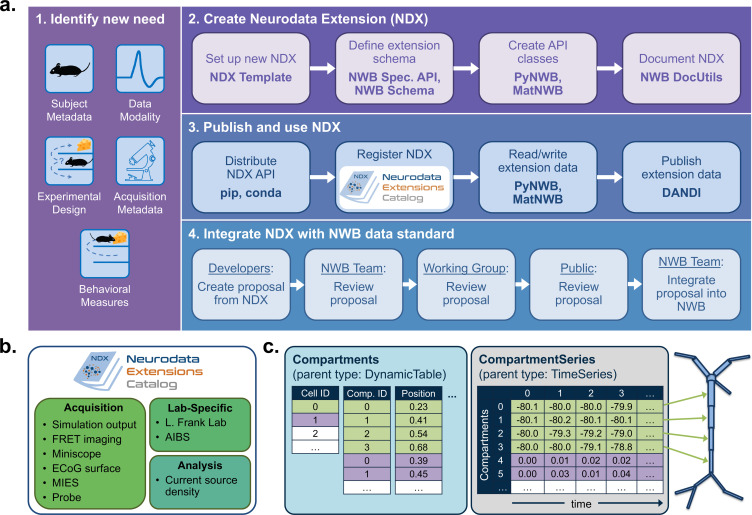Figure 4. NWB enables creation and sharing of extensions to incorporate new use cases.
(a) Schematic of the process of creating a new neurodata extension (NDX), sharing it, and integrating it with the core NWB data standard. Users first identify the need for a new data type, such as additional subject metadata or data from a new data modality. Users can then use the NDX Template, NWB Specification API, PyNWB/MatNWB data APIs, and NWB DocUtils tools to set up a new NDX, define the extension schema, define and test custom API classes for interacting with extension data, and generate Sphinx-based documentation in common formats, for example, HTML or PDF. After the NDX is completed, users can publish the NDX on PyPI and conda-forge for distribution via the pip and conda tools, and share extensions via the NDX Catalog, a central, searchable catalog. Users can easily read/write extension data using PyNWB/MatNWB and publish extension data in DANDI and other archives. Finally, extensions are used to facilitate enhancement, maintenance, and governance of the NWB data standard. Users may propose the integration of an extension published in the NDX Catalog with the core standard. The proposal undergoes three phases of review: an initial review by the NWB technology team, an evaluation by a dedicated working group, and an open, public review by the broader community. Once approved, the proposal is integrated with NWB and included in an upcoming version release. (b) Sampling of extensions currently registered in the NDX catalog. Users can search extensions based on keywords and textual descriptions of extensions. The catalog manages basic metadata about extensions, enabling users to discover and access extensions, comment and make suggestions, contribute to the source code, and collaborate on a proposal for integration into the core standard. While some extensions have broad applicability, others represent data and metadata for a specific lab or experiment. (c) Example extension for storing simulation output data using the SONATA framework. The new Compartments type extends the base DynamicTable type and contains metadata about each cell and compartment within each cell, such as position and label. The CompartmentSeries type extends the base TimeSeries type and contains a link to the Compartments type to associate each row of its data array with a compartment from the Compartments table.

